An upswing in culinary ventures across a diverse portfolio of cuisines is one of the makings of a vibrant city. From the outskirts of Inayawan to the mountains of Mabini, Cebu City is dotted with restaurants, eateries, cafes, bars, and food joints that curate dining experiences around Chinese, Italian, Japanese, Korean, Thai, Arab, American, and local cuisines along with numerous others. But it’s a space sparsely filled by many other global cuisines, such as Spanish food.
Enter Socarrat, Cebu’s newest player in this cosmopolitan game. Their raison d’être? A mission to permeate that space. Their servings of choice? Paella, tapas, and vinos.
The beginnings of this Spanish restaurant on the rise are linked to another Spanish restaurant, a flamboyant little spot along the sandy beaches of Panglao Island in Bohol called Bougainvillea. What started as a holiday for two friends became an auspicious discovery of wonderful food and a destined meeting between the four co-founders of what would later become Socarrat.
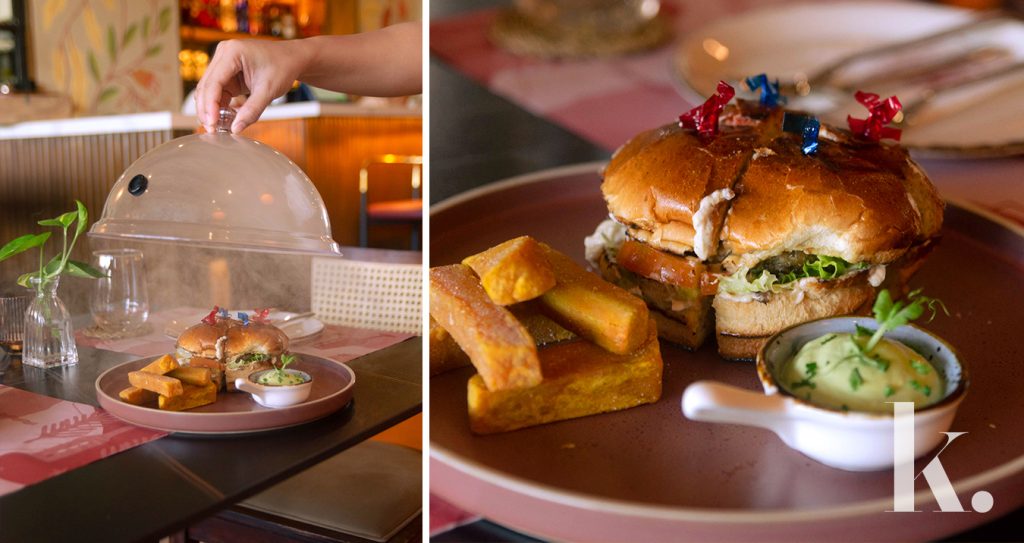
Now, just over a year later, the restaurant is well into the fifth month of its soft opening, and the paella is the talk of the town—or at least, of Spanish circles. After all, as Executive Chef Fernando Muñoz puts it, there’s no more well-known Spanish dish than paella, and with a name like Socarrat, the restaurant is bound to be a beacon for anyone with a nose for Spanish food.
“What better name than the best part of the paella, which is called the socarrat?” Muñoz says, referring to the scorched rice crust at the bottom of the classic Spanish casserole where all the flavors become concentrated in a dense mixture of savory juices. “It’s what everyone looks for in Spain.”
It’s such a beloved part of any meal with paella that Spaniards reach the point where they fight for it. It represents the many things missing in Cebu’s Spanish offerings. “Real, authentic taste is lacking,” Muñoz laments. And what’s real, authentic Spanish food?
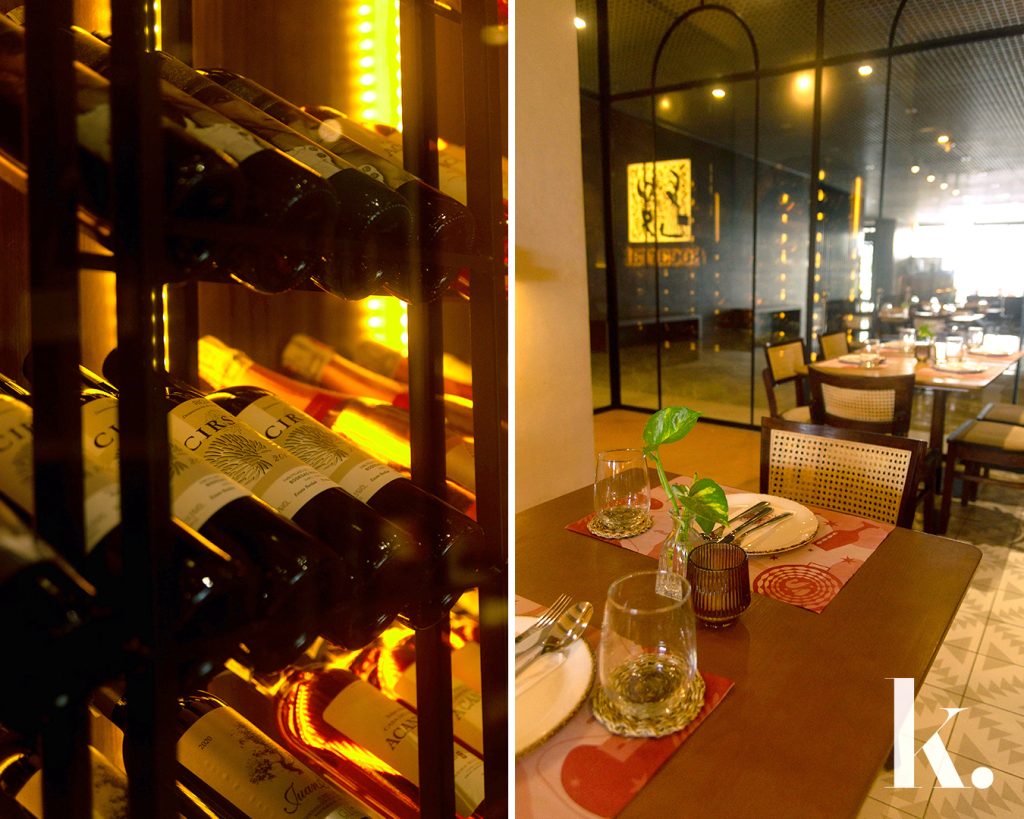
To the team behind Socarrat, it’s all about simplicity. Take paella, their signature dish. “Paella in Spain is basically a rice dish and it has few toppings on top,” Muñoz shares. “It’s all about the flavor, the way of cooking, a good socarrat, and good-quality rice.”
When paired with fresh ingredients, that simplicity becomes a complete recipe. “Spanish cuisine is basically fresh ingredients,” says Chef Muñoz. “Like when our tapas come out, they’re still boiling and sizzling. Everything is freshly made every day. Any sauce, any dressing, any dish. Everything that comes out of the restaurant.”
The difference between Filipino cuisine that has adapted Spanish specialties and traditional Spanish food can be found in the same aspects. Muñoz highlights the contrast between Filipino and Spanish paellas, two distinct flavor profiles with a lack of saffron in the Filipino version and boiled egg, olives, and chorizo missing from the latter. “We don’t put so many toppings because paella is all about the rice,” he explains. “People want a crowded paella, but that in Spain doesn’t exist.”
These two qualities of simplicity and freshness guide Socarrat’s faithful menu from ideation to creation. It’s also how Socarrat carves its name in the culinary landscape of a region with a deep Hispanic cultural influence.
But this faithful menu comes with a price—a price in the form of a tireless hunt for suppliers that satisfy the restaurant’s standards without compromise.

Socarrat’s inventory is largely sourced from Spain, including most ingredients such as spices, some meat, cold cuts, cheese, and wine. The exception lies only with seafood and vegetables, which are locally sourced. Otherwise, everything is imported from Spanish suppliers with minimal to zero trade-offs.
“Some restaurants make shortcuts either to make the recipe cheaper or because it’s easier to find. We choose originality,” Muñoz emphasizes. Co-founder Jeffrey Ryan Soo echoes the sentiment: “We would rather spend more just not to compromise the flavor and the quality.”
“There’s always some challenges,” Muñoz adds, “but we work hard to overcome those challenges and find a solution to keep our chain of supply as much as possible.” All that effort manifests in Socarrat’s finely crafted menu. Socarrat’s offerings don’t pretend to be edible luxury. Each menu item is simply the taste that speaks to the soul of a Spanish diner in Barcelona. Or Madrid. Or Valencia.
“Every Spanish person will know every single dish on our menu,” points out Muñoz. “If I go to a bar in Spain, those are the kind of dishes I will order. They’re simple, they’re fresh.”
The gambas ajillo, for instance, is among their most well-loved tapas, which are Spanish appetizers or snacks. The dish is classic Spanish garlic shrimp cooked in a traditional clay pot. Their fritura malagueña, which is calamari with aioli, shares the spotlight for the category, and their farmer’s salad, a fresh mix of goat cheese, garlic croutons, and crispy jamon, is a crowd favorite among their cold dishes.
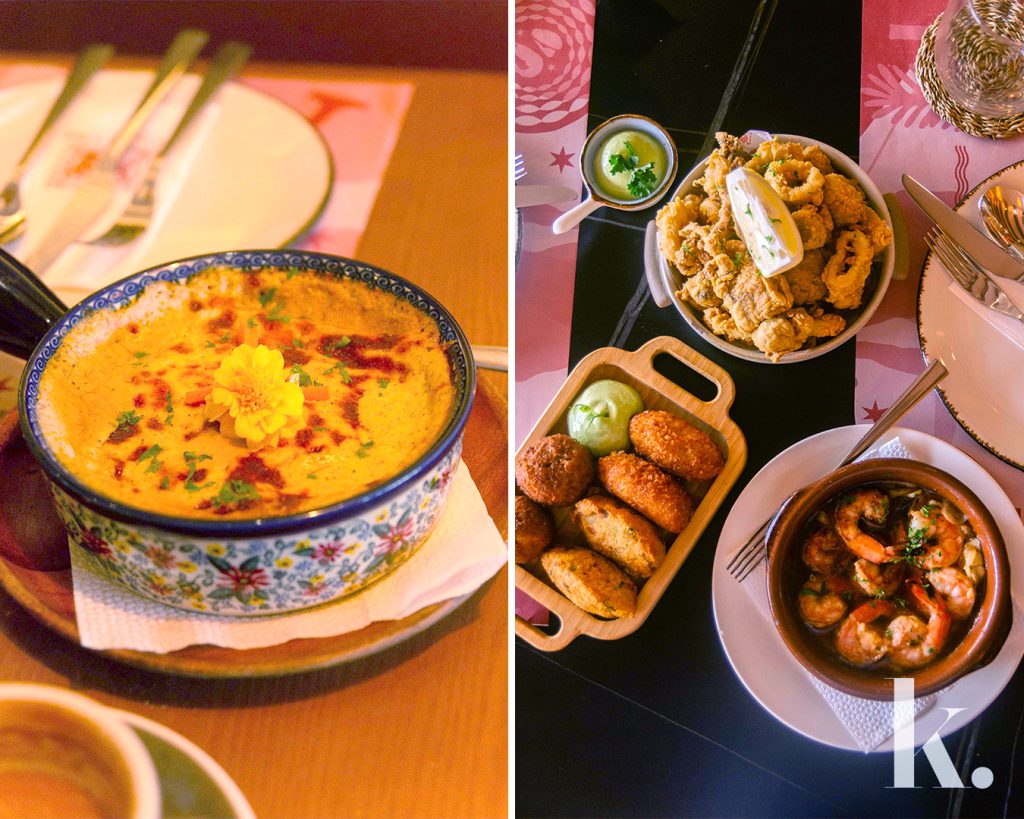
Further down the menu, Socarrat’s best-selling specialties catch the eye with mouth-watering descriptions—every paella offers something delectably unique, and the abanico iberico and canelones de carrillera are the highlights of the chef specials. The former is Spanish Iberian pork steak that uses meat from nut-fed livestock, which Chef Muñoz dubs the wagyu of pork, and is topped with a Pedro Ximénez sherry wine glaze. The latter is a deep dish of cannelloni with truffle and a layer of Manchego bechamel. As for cocktails, guests love the sangria pitchers, a bespoke concoction of Spanish wine, liquor, and fruit for the table.
Some of these bestsellers happen to also be Muñoz’s personal picks, like the gambas and abanico iberico. At the same time, Soo cites the paella negra, fritura, and the chuleta iberica al cabrales (grilled pork chop with cabrales blue cheese sauce and sweet fries and vegetables on the side) as his favorites.
Every item on the menu is to share, but Soccarat offers a mindset that serves as their ultimate specialty for the dining experience, something the individual diner either consciously adopts or grows into with every visit. This is how one savors Spanish cuisine at Socarrat.

“When we go to a restaurant, we want something simple, tasty, and fresh,” Muñoz says. “And that’s what we try to bring here. That mentality of the Spanish people towards food.”
As the restaurant braces to pave the way for more authentic Spanish culinary exploits in Cebu, Muñoz and Soo open up about their commitment to constantly improving the experience they provide guests with and making Socarrat synonymous with excellent Spanish classics.
“That’s what we want people to know us for,” says Muñoz. “We want people to come and enjoy some homemade tapas, good paella, and pair everything with a proper Spanish wine.”
Perhaps the way to the Filipino heart is through the stomach. Since their opening in late June, praise has been pouring in from both locals and Spanish guests. With regulars to satisfy, an ever-evolving menu, and a world that is opening up to Spanish global cuisine, Socarrat is picking up the pace in elevating Cebuanos’ lunch dates and family dinners while keeping it simple and real. There’s yet to be fighting over the socarrat though. But give it a little time and it will be a sight right out of a bistro in the heart of Spain.
Socarrat opens from 5 p.m. to 10 p.m. and serves lunch on weekends only from 11:30 a.m. to 2 p.m. at Faustina Center, Bonifacio District. For more information, visit their page on Instagram.
Photography Kent Barcenas




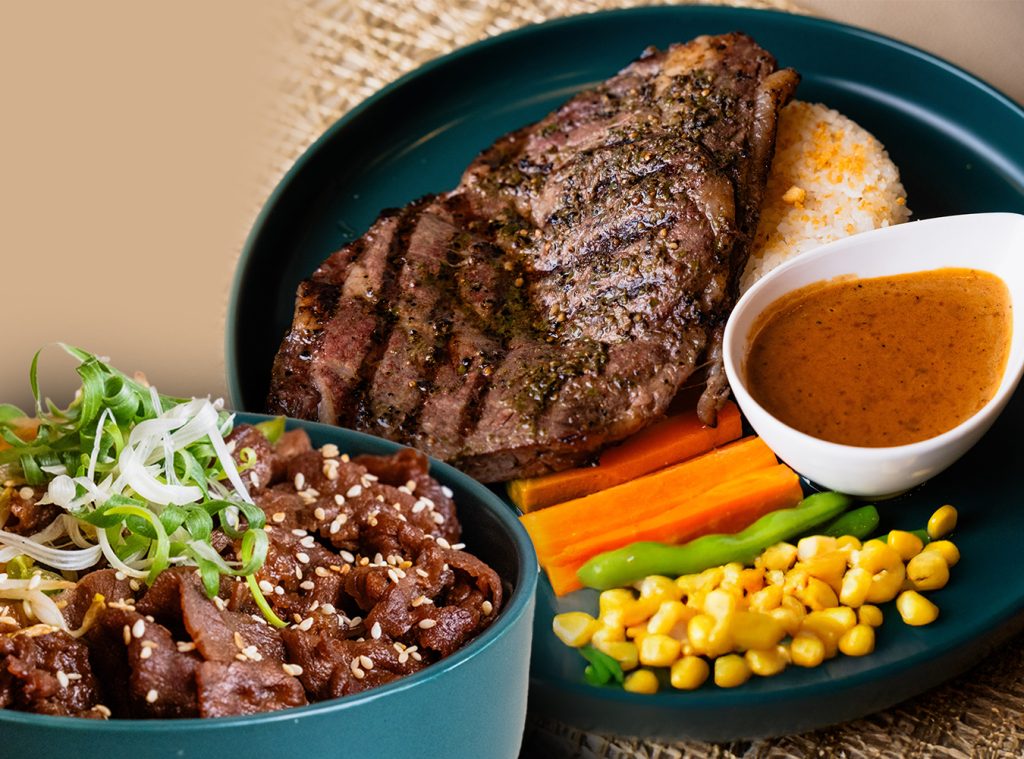
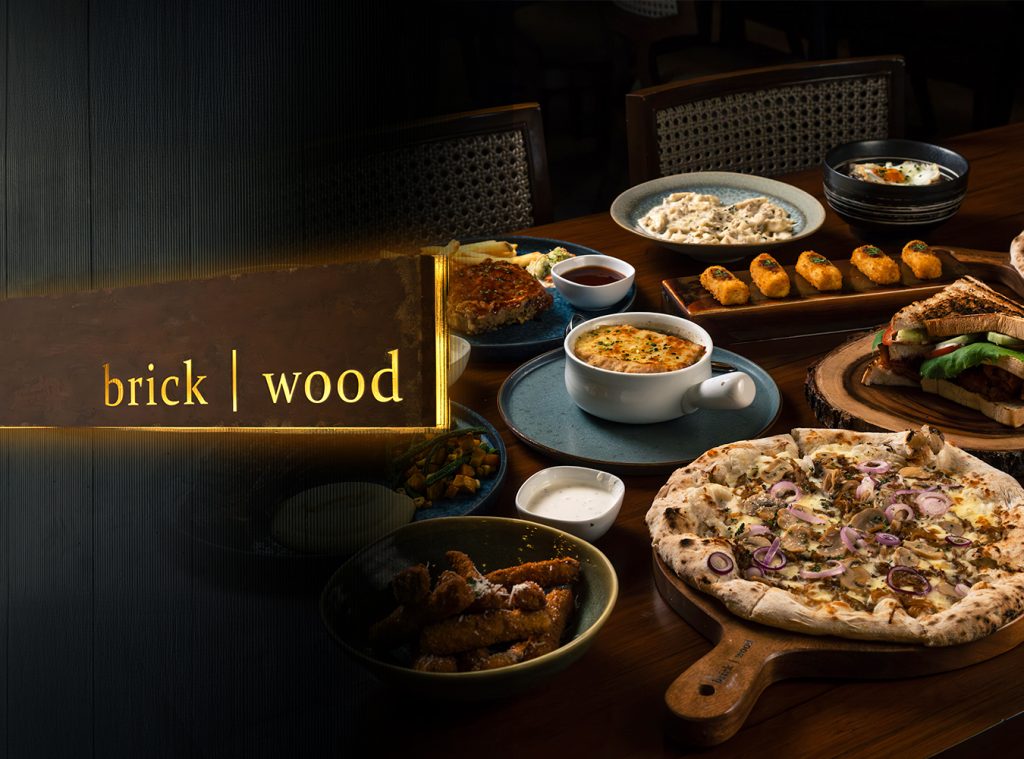
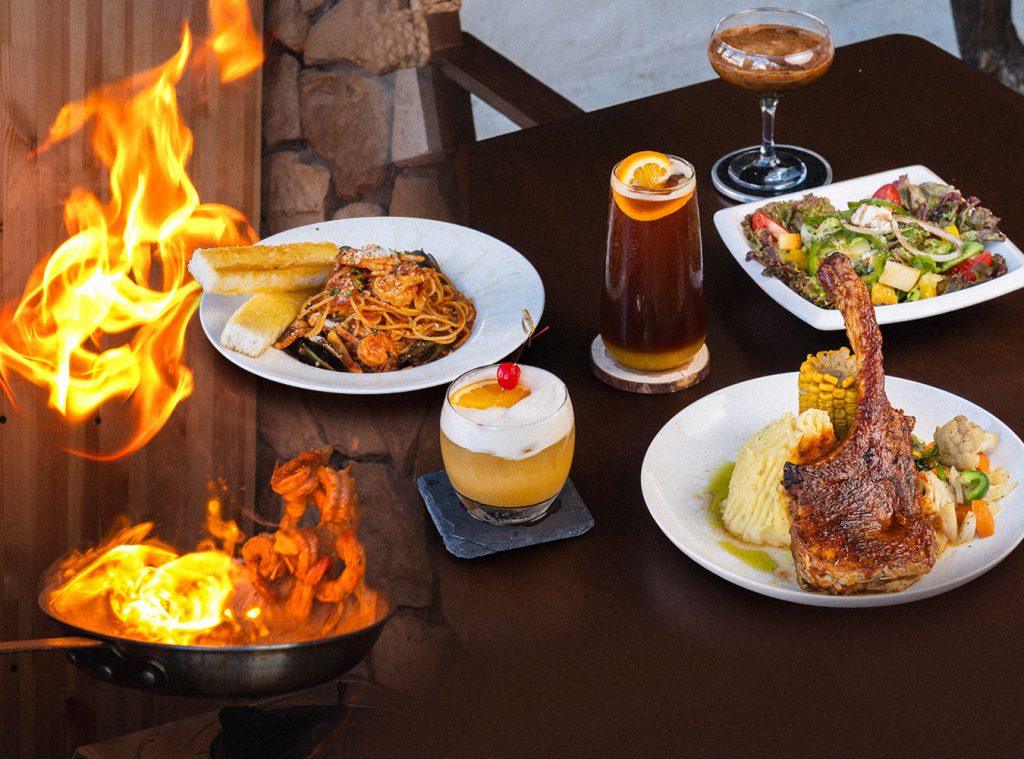

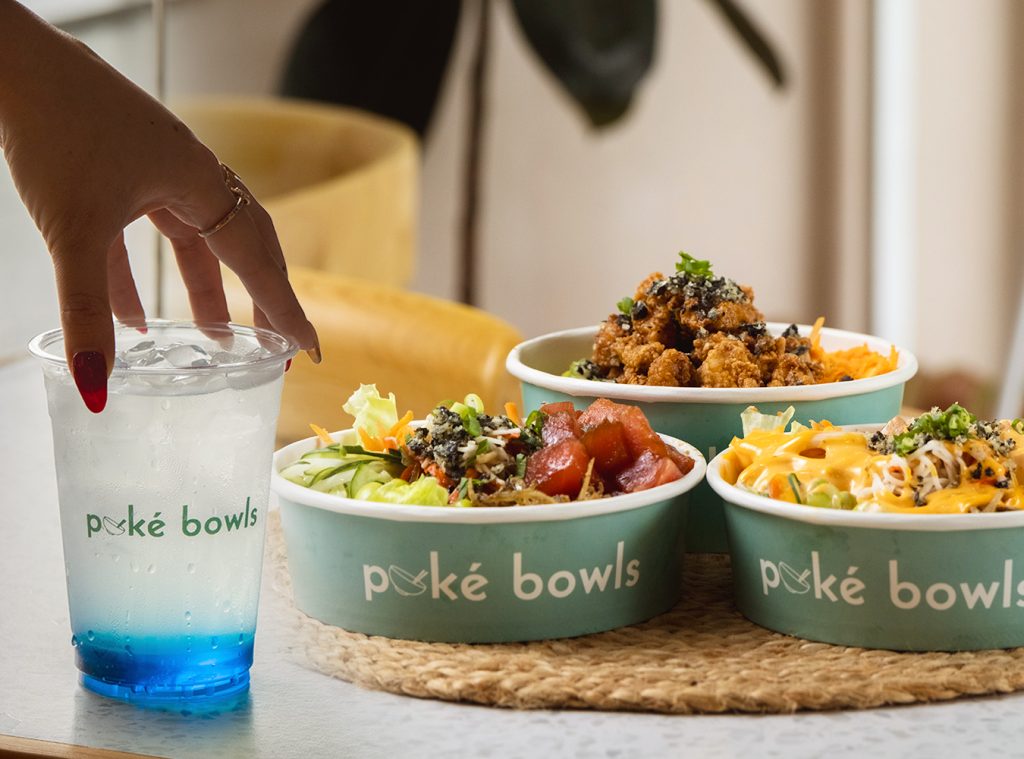
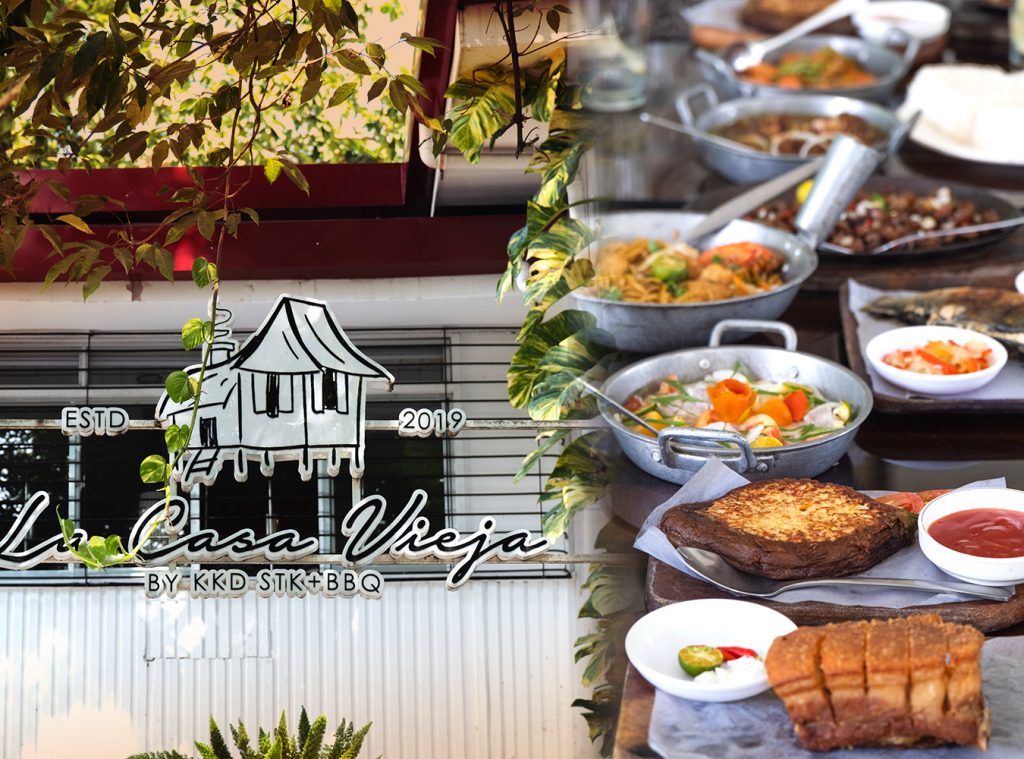


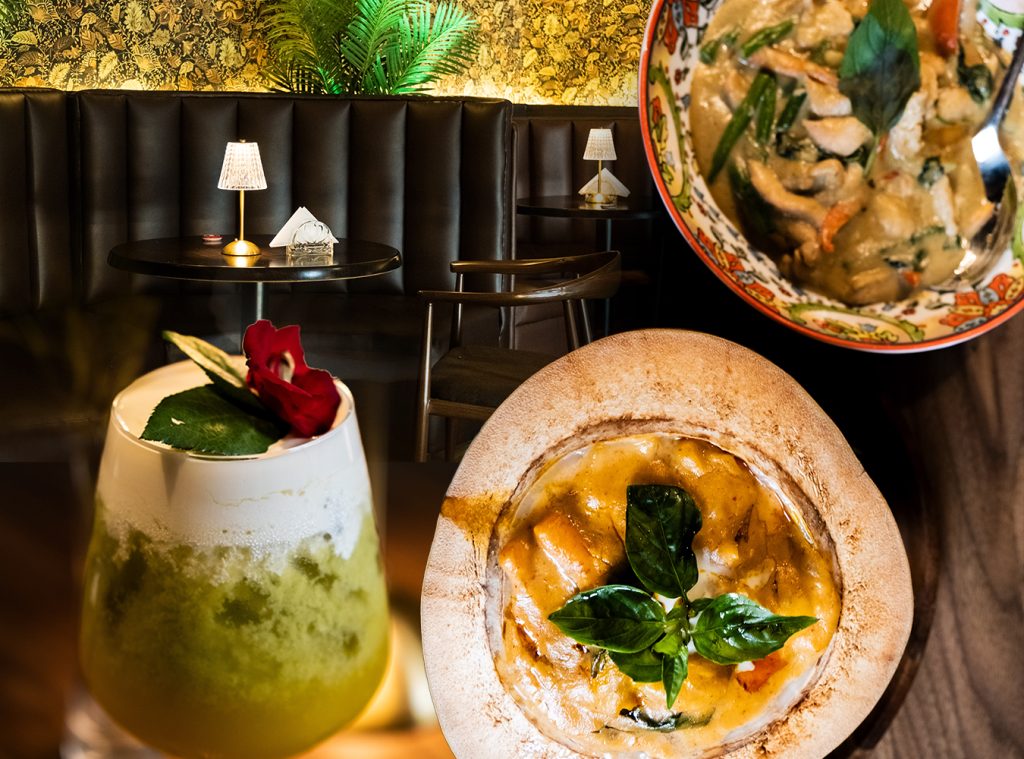
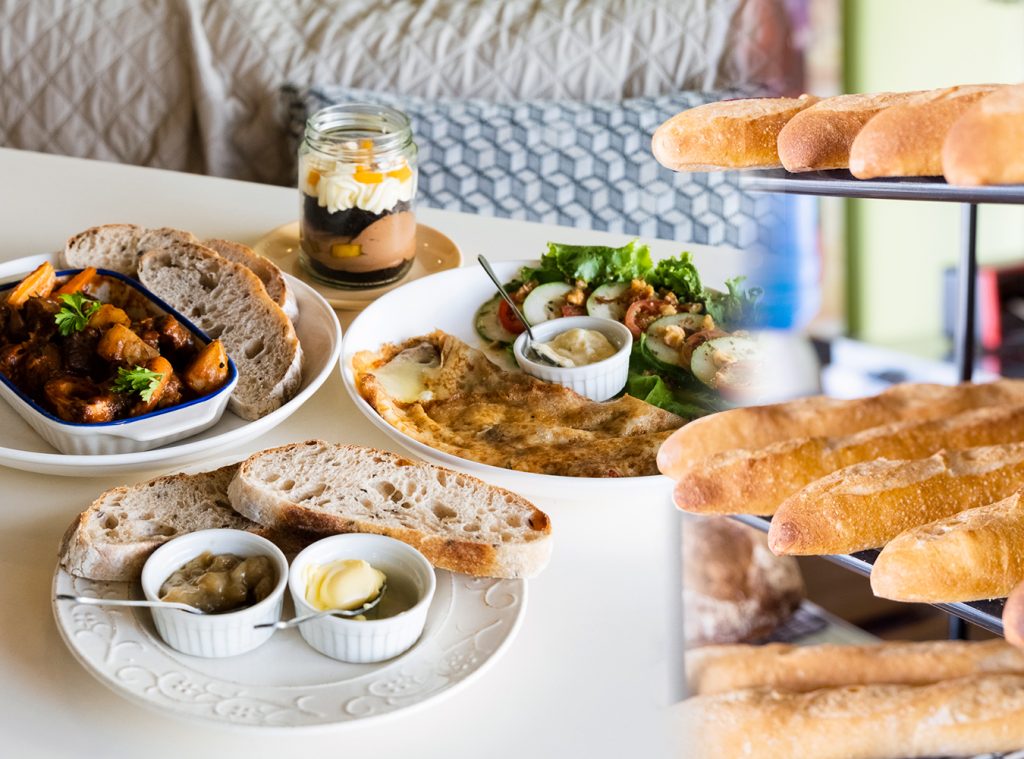

One thought on “Now Serving at Socarrat: A Fiesta of Flavors and a Culinary State of Mind”